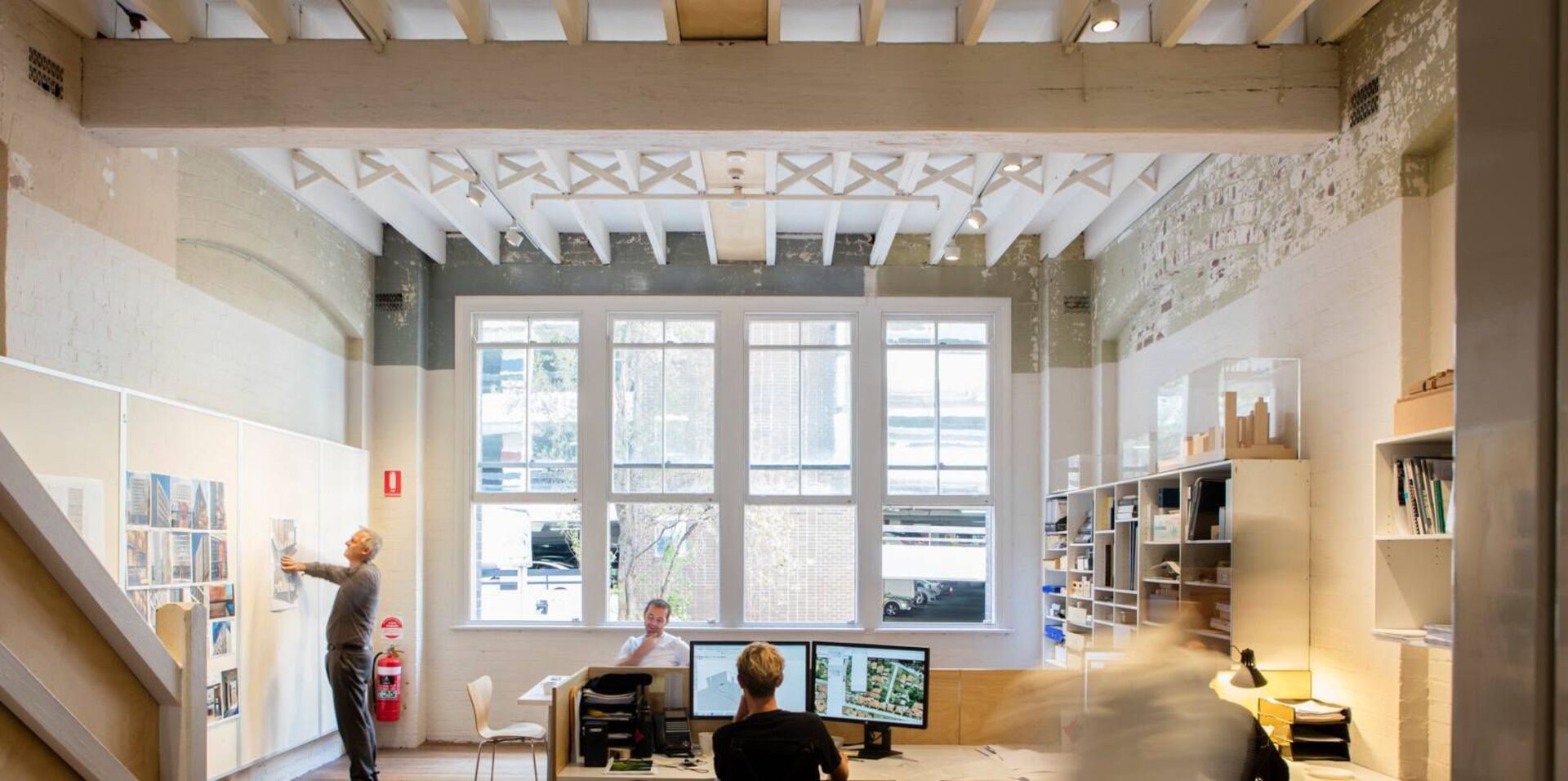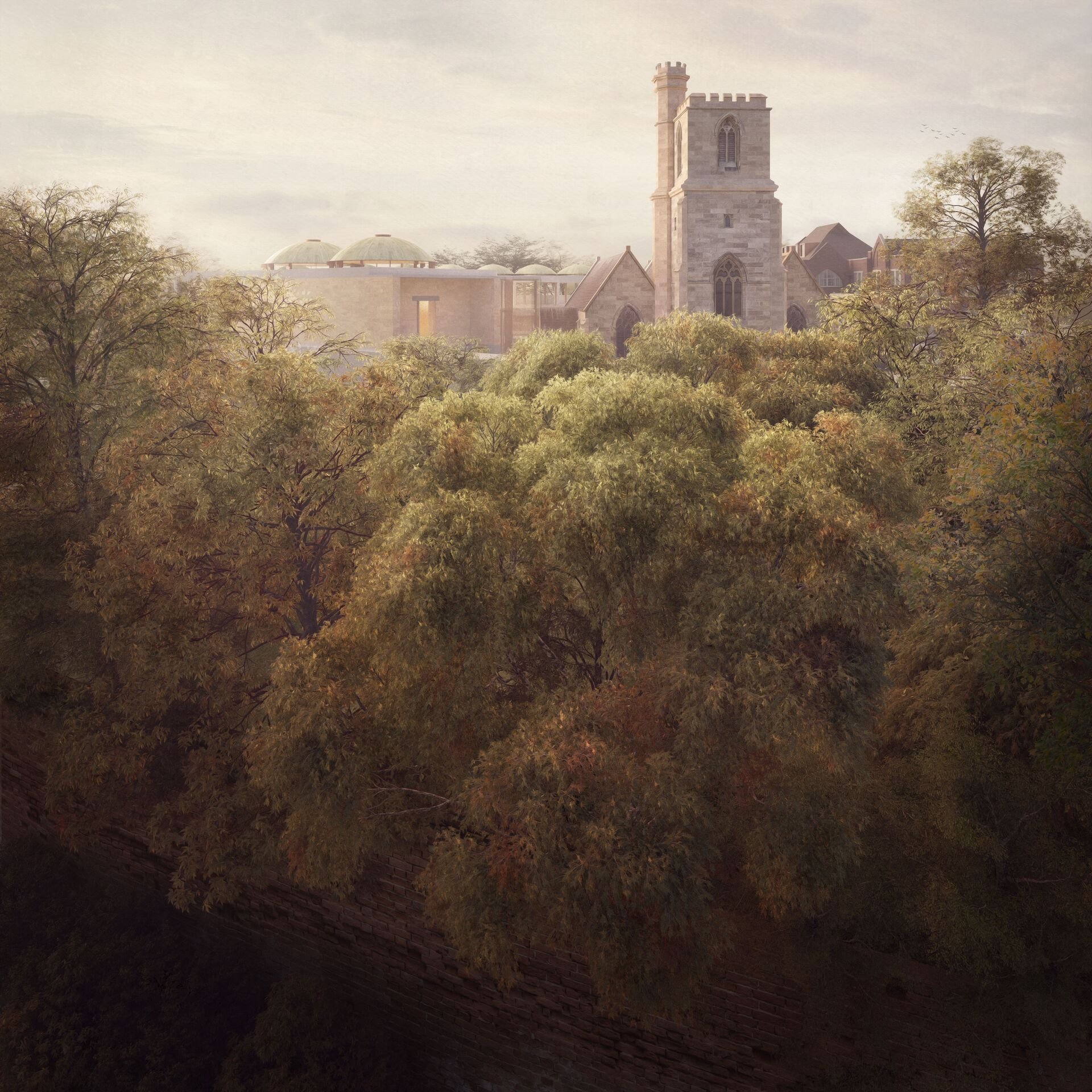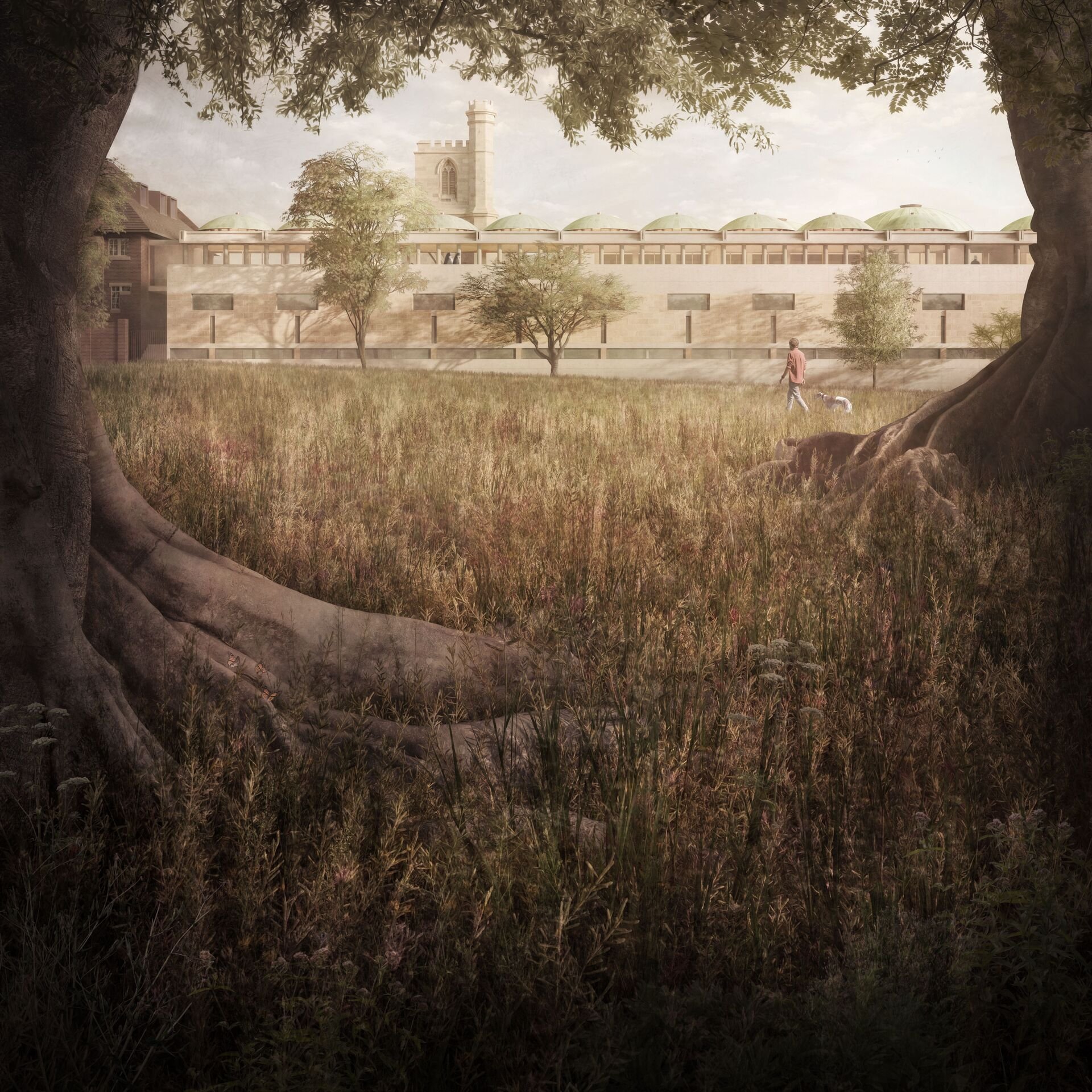Speaking of the reconstruction project vision for the Greek Orthodox Archdiocesan site in Sydney, architect Angelo Candalepas shares an adage.
One that would benefit any of us – architects and beyond – to follow, at times we are missing the point:
“You should never participate in anything you don’t believe in, otherwise it’s not meaningful to your life.”
Candalepas was approached by the Archdiocese to realise the five-stage project, starting with the restoration of the historic Cathedral of The Annunciation of Our Lady.
The 173-year-old building was at the centre of an 18-month delay in between the development application submission to the City of Sydney Council, and the approval just a few days ago by its Planning Panel.
“It’s very rare for us to not get an approval,” Candalepas tells Neos Kosmos when asked about any celebrations at the Candalepas Associates headquarters over the much-awaited green light.

“An approval to our office it’s not like winning the lotto or something like that. It’s more like ‘what does it come with? And how have they approved it?’. In this instance, they’ve been very respectful of our intentions and the intentions of the Archdiocese, and also understood that we too have been respectful of the considerations that come with what duty council has to the public.”
At the height of expectations
The application had been referred to the Planning Panel over exceeding building height limits.
Under the proposal, the church’s 4,000-square-metre site is set to get a revamp with the addition of new buildings. The St Andrew Greek Orthodox Theological College will be reconstructed and new facilities housed in the buildings will include a museum, a library, worship and function spaces.
“Height is always an issue, when you’re next to something which has heritage significance. And this arguably has national significance as one of the first church buildings to be built in Australia,” Candalepas says of the Cathedral.
“So the question is then, ‘what is an appropriate height to place a building next to it?’. And you can never be so presumptuous as to equal it. What we have done is a building that creates something of a partner to the Cathedral. And this is the thing that I think people appreciate when they talk about height.”

The full proposal is expected to be realised over the course of two decades with a total budget of approximately $27 million, $2m of which are carved out for the Cathedral refurbishment.
An excerpt of a statement by Candalepas heard at the meeting that granted the approval, read:
“These buildings will bring to the Greek Church an important new home.”
Project greenlit – What next?
Upon announcing the new vision for the Archdiocesan site at Cleveland Street in early 2021, Archbishop Makarios had shared his hopes that the plans would inspire all Greek Australians to develop and maintain a deeper connection to the Church, ancestral culture, language and traditions.
“The newly created facilities will bring us closer together, and most importantly, will enable our young people to have their own space within the Archdiocese and our Theological College.”
The addition of a library and a museum with exhibits celebrating Greek Australian heritage and the history of immigration have a role to play in making the reimagined Archdiocese premises an offering for the broader community, and a point of interest for “all interested citizens and researchers, irrespective of faith and origin.”

Candalepas told the Planning Panel this was a project “from the heart”. So, how does he see himself in this as a Greek Australian?
“The thing about Greek roots is that we embrace the entire world. What is important for me is not that I’m Greek, but that, actually, I have become someone as a consequence of being Greek. And what I mean by that is that my parents, as migrants, and me who was born in this country have truly something to give back of our collective experiences.”
What’s important for a building, he adds, is not what they become as consequence of the community they represent, but “what they offer as an invitation to the entire world to see something that perhaps they wouldn’t otherwise see.”
“And this is a building which opens its arms, so to speak, to the greater Sydney community and the greater Australian community, because it offers many things that are regarded by our community as its treasures.”
The Archbishop, the architect and Byzantium
Asked about why he thinks Archbishop Makarios chose him for the project, Candalepas is sincere:
“I don’t know. I think he asked people, and I was recommended. That’s all I can say. And then he interviewed me and we enjoyed a deeper understanding than could be afforded quickly in most other circumstances. I think we could communicate. And this is important, you know, in a client.”
After all, Candalepas says he only participates in projects he believes in.
“It has to be something you believe in and something in which you can trust your client to execute. Because there’s no point in spending days and hours into the night drawing things if there’s no understanding on the other side.”
Thankfully for both of them, the communication formula appears to be working for Archbishop Makarios and Candalepas.
Their shared understanding for the future of the Redfern site?

“All of us are the consequence of the memory of both our generation and the generations before us. What we want to do, what the Archbishop wants to do is create a place of these memories and offer a place where new memories can be made into the future as well. And he’s said that in a beautiful way to me. And I’ve tried to give the artistic impression of that in plans and hopefully, soon it will be built.”
It’s hard to resist asking ‘Can a new home be inspired by an old one?’
Would an iconic church like Hagia Sophia be in Candalepas’ mind while working on this design?
“I think what is in my mind is the richness of Byzantium. Justinian who was a visionary had commissioned San Vitale in Ravenna and Hagia Sophia at the same time. Both of these buildings have this sense of ethereal space. They contain it, or they describe it in two different ways. One in a very public way, which is in Constantinople and the other one in a more intimate way in Ravenna. Both those buildings have influenced the world of architecture. And I have to say, Who am I to ignore them?”
Bringing out the contemporary element of that legacy is a priority for the architect and the why is rather obvious:
“So they can become relevant to those people that live today”.
A tough bet to win, one might argue, but surely an interesting one to see how it plays out.
Especially on an Archdiocesan site that aims to fit both the religious and the secular in its offerings.